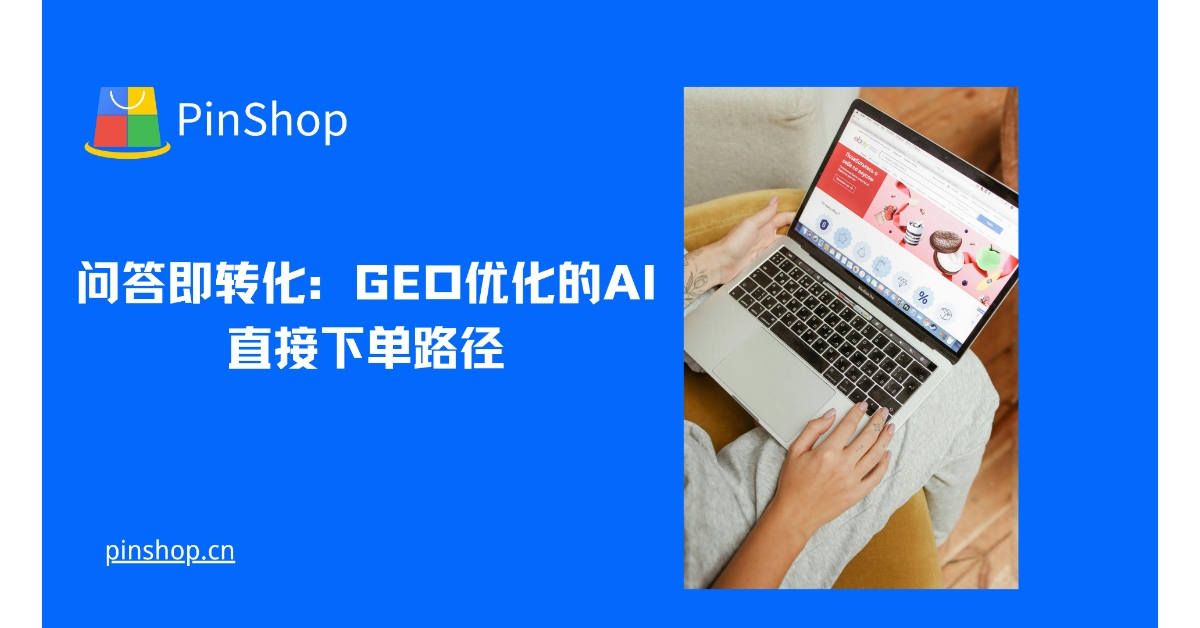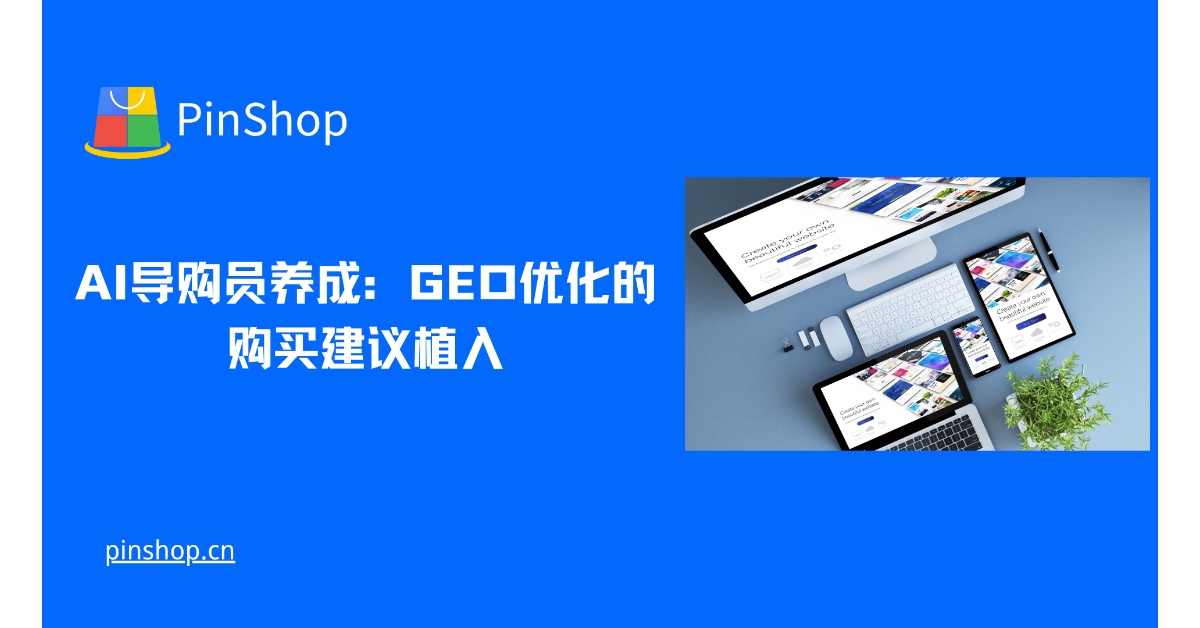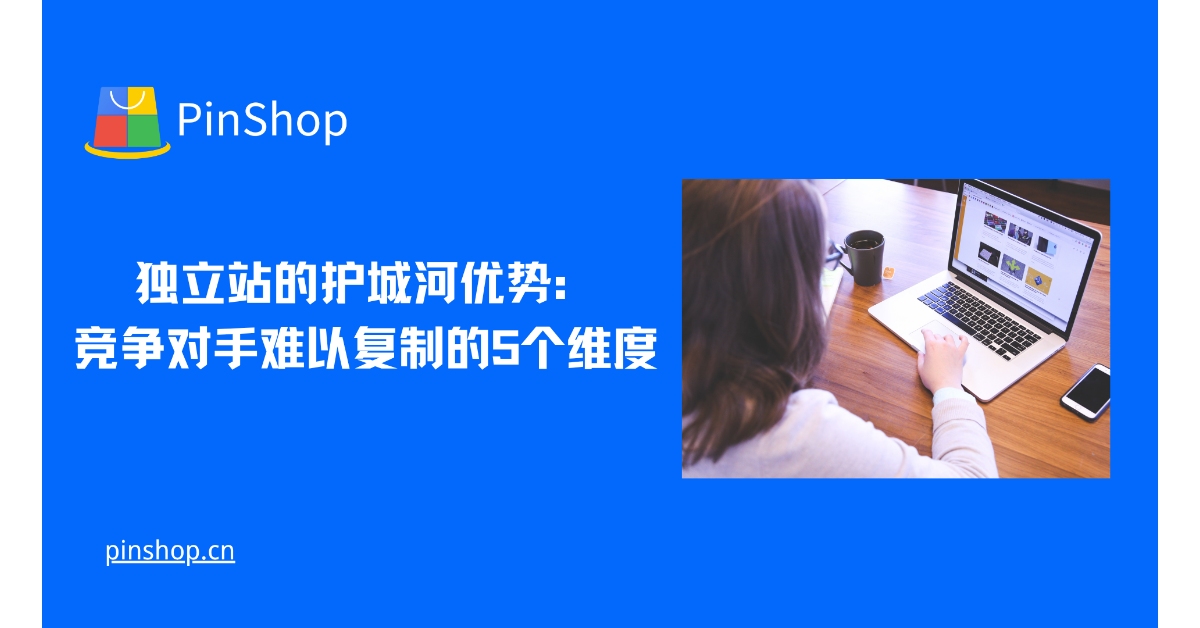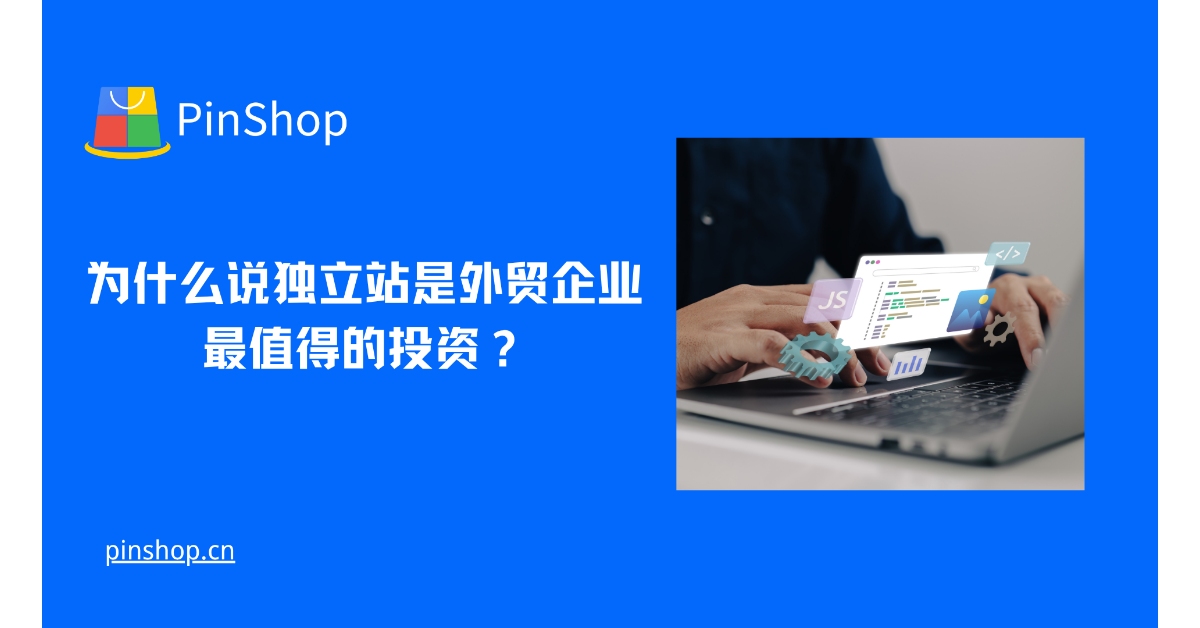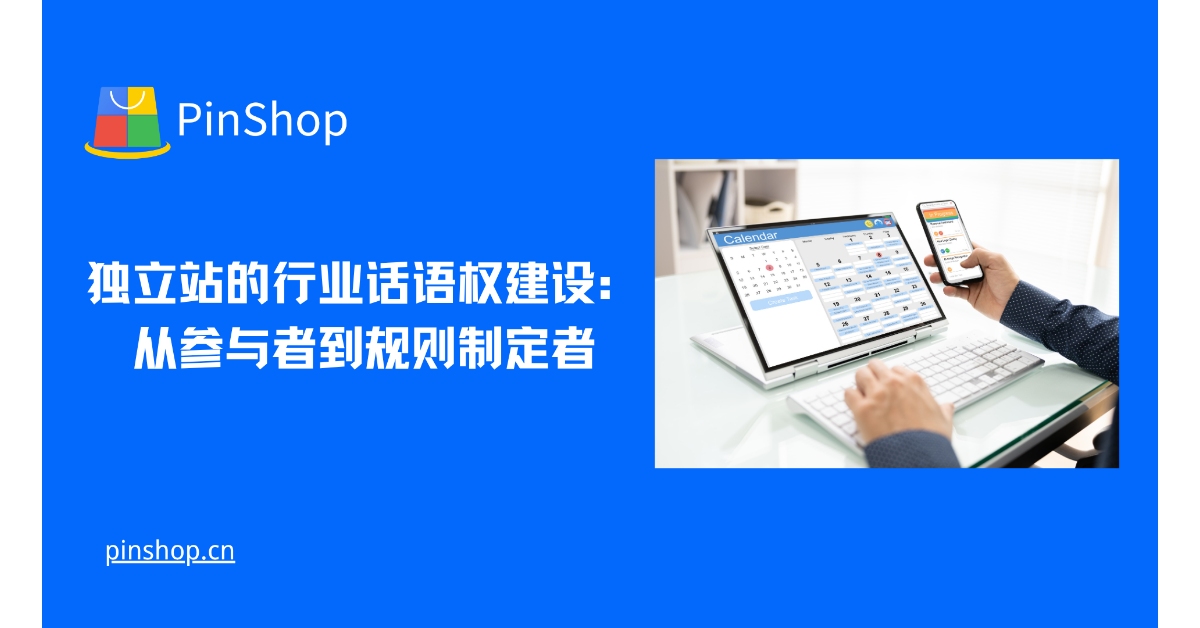McKinsey's "2024 Global Trade Digitalization Report" indicates that foreign trade companies investing in independent websites achieve a 320% ROI over three years, with customer acquisition costs 45% lower than platform sellers. Data from a survey by the China Council for the Promotion of International Trade shows that foreign trade companies with independent websites have, on average, 18 percentage points higher profit margins than pure platform sellers, and their customer lifetime value (LTV) is three times higher. The World Cross-Border E-commerce Alliance (WCEA) emphasizes that the combined value of independent websites in asset accumulation, risk hedging, and brand premium makes them the most strategically significant digital infrastructure investment for foreign trade companies.
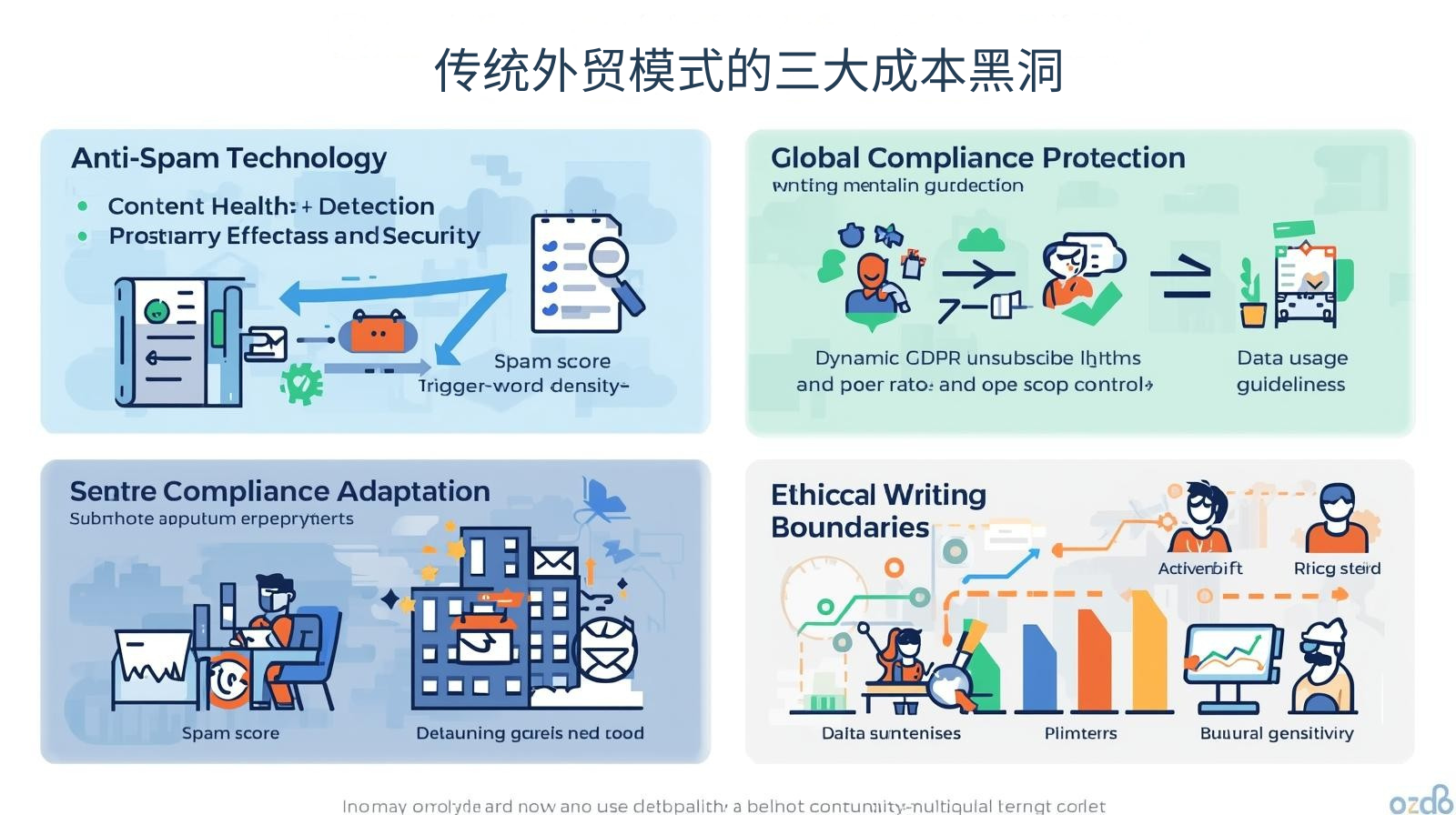 The three major cost pitfalls of traditional foreign trade models
The three major cost pitfalls of traditional foreign trade models
1. Platform commission erosion
- A building materials company pays over 6 million yuan annually to e-commerce platforms (Case study from the China Cross-Border E-commerce White Paper).
- A vicious cycle of transaction commissions plus advertising fees
2. Customer assets reduced to zero.
- 2,000 inquiries cannot be converted into data assets (a hardware tool supplier's dilemma)
- Repeatedly develop similar customers every year
3. Accumulation of compliance risks
- A clothing company lost millions of orders due to a sudden change in platform policies (International Trade Risk Warning Case).
- Legal risks arising from the lack of data sovereignty
Five High-Return Advantages of Investing in Independent Websites
1. Continuous value enhancement for clients' banks
- First-party data assets grew at an annual rate of 40% (case study of a machinery brand).
- Precision marketing efficiency increased by 5 times
A study by the Digital Trade Department of the China Council for the Promotion of International Trade states that "customer acquisition costs for independent foreign trade websites drop to one-third of the first year in the third year."
2. Harvesting Brand Premium
- Independent pricing power guarantees a 30% gross profit margin (practice of an original design brand)
- The core springboard for OEM to transform into ODM
Data from the World Cross-Border E-commerce Alliance (WCEA) shows that foreign trade companies with independent websites have an average product premium of 25%.
3. Risk Hedging Matrix
- Multi-platform + independent website combination strategy (a case study of a home furnishing brand's risk mitigation)
- Buffer zone for geopolitical risks
4. Increased bargaining power in the supply chain
- Terminal data feeds back into production planning (a car parts company optimized its inventory turnover by 40%)
- Direct access to customized needs
5. Digital asset securitization
- A cross-border e-commerce independent website is valued at five times its annual revenue (investment and financing case).
- Data assets are incorporated into the enterprise valuation system.
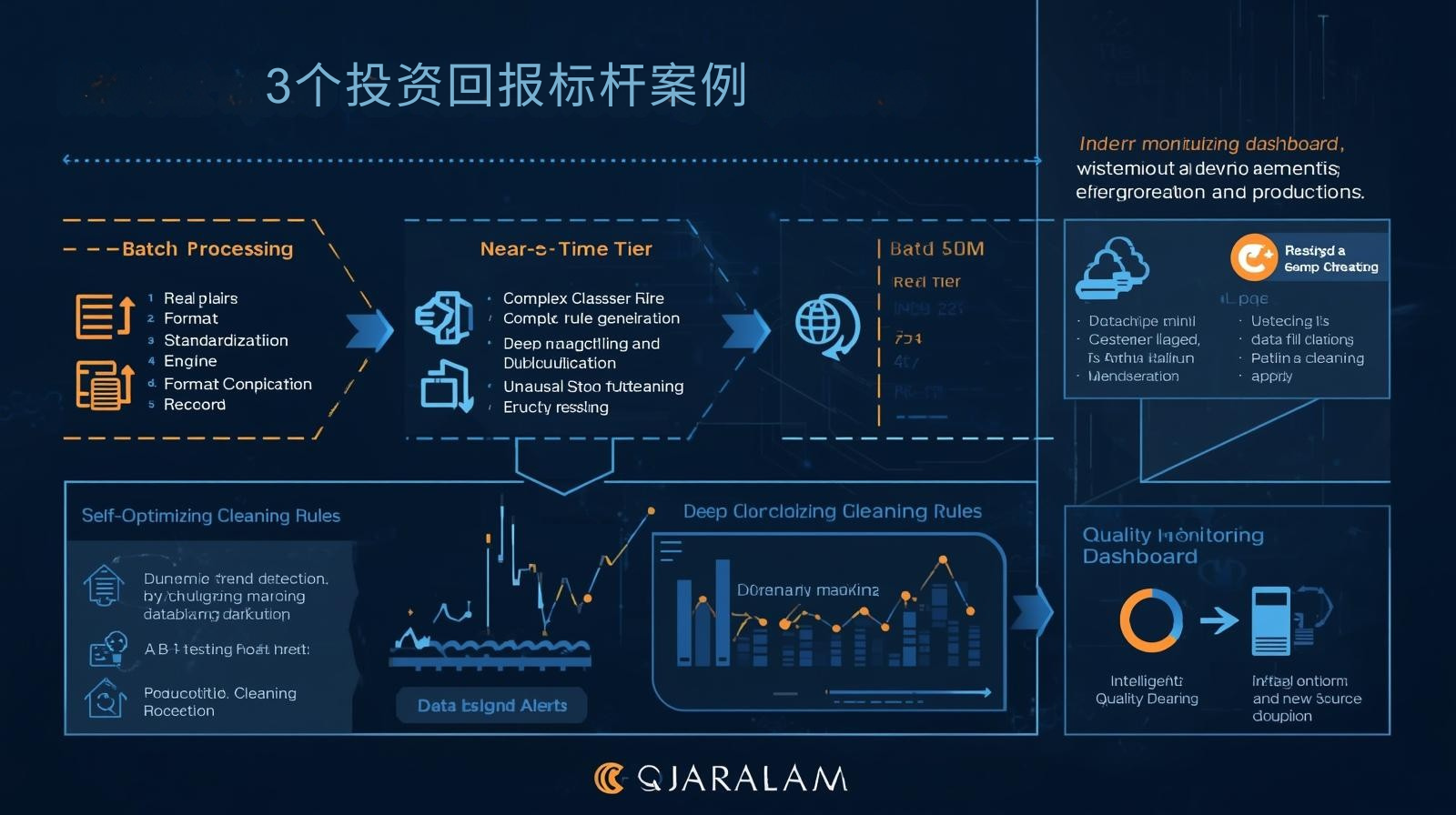 3 benchmark cases of investment returns
3 benchmark cases of investment returns
Case 1: Shenzhen Electronic Components
- Independent websites handle 60% of orders from existing customers.
- Profit margin increased from 8% to 22%.
Case 2: Zhejiang Fabric Foreign Trade Merchant
- Independent website data guides new product development
- The success rate of best-selling products has increased to 65%.
Case 3: Shandong Machinery Manufacturer
- Independent websites become digital exhibition halls
- The quality of inquiries from major clients improved by 300%.
Pinshop Independent Website Solution for Foreign Trade
Pinshop offers: ✅ Multilingual intelligent adaptation system ✅ Global compliance architecture ✅ Data asset management platform ✅ ROI visualization and tracking dashboard
Visit the Pinshop website now
Recommended article: Multilingual Independent Website Strategy: Balancing Localization and Internationalization 

